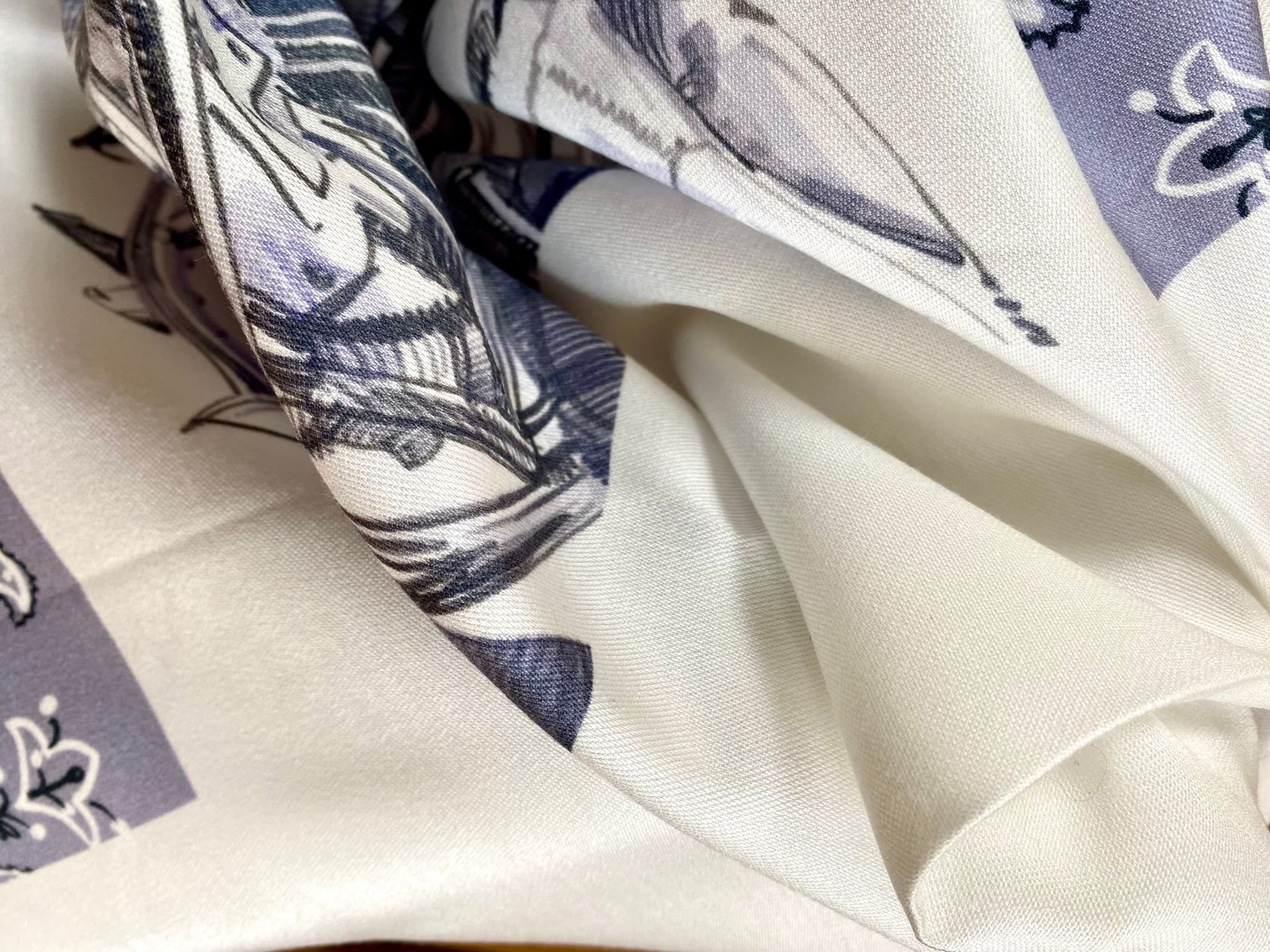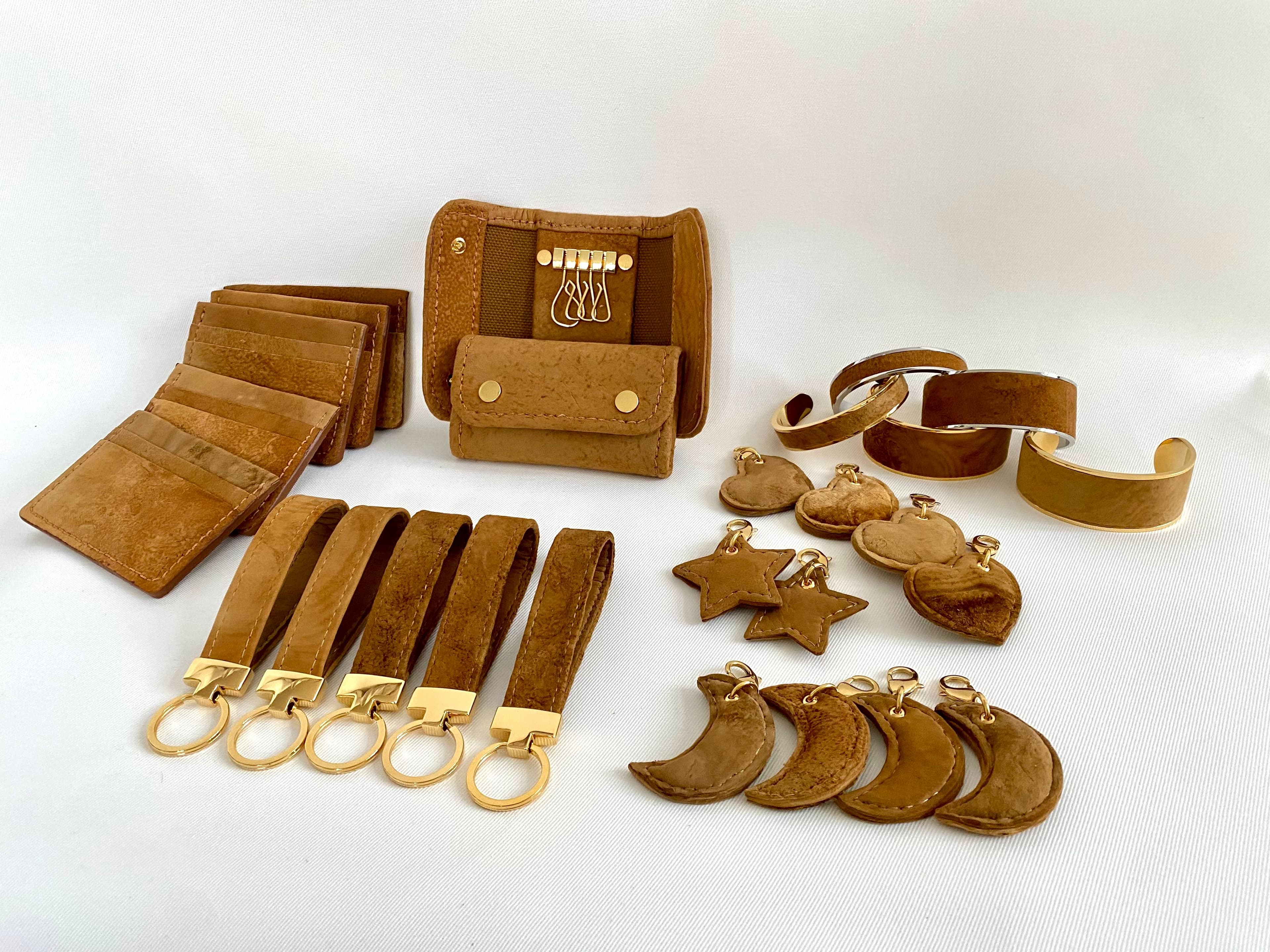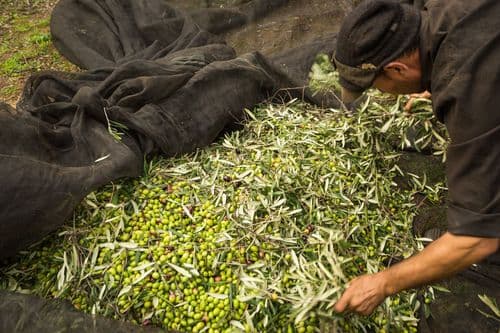Key Points
- Next-gen leathers pass standard ISO tests; application fit matters more than labels.
- MIRUM® suits exteriors (rubber matrix + textile backing → toughness, water resistance); MuSkin® fits skin-contact layers (antibacterial).
- Biggest risks: batch quality and supplier continuity.
- EU due-diligence + DPP raise disclosure quality; on-site audits still required despite AI/blockchain.
- Scaling remains capsule-stage; textiles are nearer mass production than leather alternatives.
Full interview with Anastasia Oganova-Jais
1. Mirum® and MuSkin® are notable for being zero-plastic and vegan. What specific technical properties made these materials viable for high-performance fashion applications?
I believe in this question the term “high-performance fashion applications” should be defined. For instance, high performance for sports shoes differs from high performance for a luxury clutch bag, and the leathers used will also differ in quality. Moreover, different measurements of performance apply within one garment, for example, the sole has different standards than the upper layer.
Overall, all bio-leather alternatives can be tested using the same norms as conventional leathers. Classic standards check: Tensile Strength (ISO 3376), Elongation at Break (ISO 3376), Tear Strength (ISO 3377-1), Abrasion Resistance (ISO 17076-2), Water Absorption (ISO 2417), Thickness Range (ISO 2589), Flex Resistance (ISO 5402-1), Dimensional Stability / Shrinkage Temp (ISO 3380), Density (ISO 2420), Breathability (ISO 14268), Surface Finish Adhesion (ISO 11644).
Different leathers and materials will show different values within the average range, which defines their performance and applicability. Currently, especially for bio-leather alternatives, it is market practice for producers to test the material before the commercial/scaling stage against the usual performance standards. Test results are generally available on request and can thereafter be compared to conventional materials.
Each consultation with a company starts with defining the intended application, depending on the garments the company intends to produce. Based on this, a shortlist of materials is presented and reviewed in detail, including standard test results.
As to MIRUM® and MuSkin®, these are very different materials that perform differently depending on the application:
(1) MIRUM® is composed of a natural rubber (latex) / oil matrix with a textile backing. MIRUM recipes combine natural rubber with plant oils, waxes, pigments, and textile backing. The rubber matrix provides elasticity, tear resistance, and impact toughness, while the fabric backing adds dimensional stability and sewability. Natural rubber also improves water resistance and cleanability, making this material suitable for bag exteriors and providing higher performance than leather in certain applications, such as waterproofing.
(2) MuSkin® is derived from natural mushroom caps and contains penicillin, giving it antibacterial properties (with test results provided by the developer). This makes MuSkin® particularly suitable for inner layers of garments or items in direct contact with skin.

2. Working with bio-based leathers and alternative skins often involves unpredictable behaviour in wear and production. What were the most significant challenges you had to overcome in ensuring consistency and durability?
The range of bio-leather alternatives is very wide; it includes mushroom-based, bacterial, plant-based, and biopolymers. Each type has limitations, much like conventional leathers: bacterial materials can dry out over time and require treatment with oils to maintain flexibility; mushroom-based materials, especially first-generation, needed reinforcement, were sensitive to turning during bag production, and were affected by rough industrial machinery, which impacted design and manufacturing processes; plant-based composites are generally the least “capricious” and allow for almost any manipulation; polymers are sensitive to external temperatures.
For me, the main challenge in working with bio-leather alternatives is not material quality or performance - latest new gen materials offer high overall performance - but consistency: batch quality (defective sheets, mismatched colours, or other defects are not uncommon) and supply continuity (many material R&D companies go out of business even before the market becomes familiar with their products).

3. Many fashion houses struggle to verify sustainability claims from material suppliers. How do you currently assess and validate supplier data to ensure the integrity of the materials you introduce to clients?
I mainly work with EU-based suppliers, as localization of the supply chain is an important point for many companies. In the EU, large producing companies are obliged to provide evidence-based disclosures regarding their sustainability claims.
Regulations that support this include: EU Ecolabel and Green Claims regulations, EU Directive on Corporate Due Diligence and Corporate Accountability, Germany’s Supply Chain Due Diligence Act and Imminent EU Product Passport implementation.
These regulations generally provide good initial data on sustainability claims. Certifications provide a fairly accurate picture of manufacturing, sourcing, and production methods.
Detailed due diligence depends on the internal policies of the brands ordering the material. Some brands use internal questionnaires filled out by the material producer to build a supply chain risk profile and reassure themselves that information is accurate. Larger buyers may also request external audits or site visits.
For bio-materials, most R&D companies embed sustainability and social responsibility deeply into their operations. It is a young, transparent, and visible market, created alongside legislation on clean statements and disclosures.
In short: supply chain verification is much more challenging for conventional materials, where manufacturing often does not align with current sustainability standards. In new markets, information and disclosure practices are generally much more positive.
4. With “Little Wonder,” you combined antibacterial and oil-absorbent properties into a single material solution. Could you describe the testing and evaluation process that confirmed these performance qualities?
I used the inherent qualities of the materials to define applications that differentiate the product from conventional leathers and textiles.
The MuSkin® producer provided certified test results proving antibacterial qualities due to the high penicillin content in the mushroom material, so the claims are evidence-based.
The beauty of new bio-leather alternatives is that some offer qualities that conventional leather cannot provide by default.

5. From your perspective, what role could an industrial-grade AI sourcing tool play in accelerating access to innovative suppliers while reducing the risk of greenwashing?
I believe a blockchain-based solution could support the Product Passport concept. However, supply chain values are dynamic, and real-life audits are usually required to verify production methods and raw material sourcing.
The truth lies somewhere in between: AI can handle data collection, analytics, storage, and reporting, but on-site audits remain unavoidable.

6. In terms of scaling next-gen materials, how do you evaluate whether a supplier can meet both the aesthetic demands of fashion brands and the commercial requirements of mass production?
The market has shifted from development to scaling over the last 2–3 years. Challenges remain in scale, quality consistency, and production capacity, which require investment in production facilities and contracts with large brands to educate consumers about bio-alternatives.
We are still in a “capsule” period for next-gen materials. Factors include: material cost, marketing challenges (consumers still prioritize design; material qualities are secondary) and quality consistency compared to conventional materials.
Full mass production of new-gen materials has not yet been achieved. Textiles are closer to scale, as they can use existing infrastructure and are better accepted by consumers. Leather alternatives require greater investment for mass production.
Mass production is also inherently incompatible with sustainability, as enough garments already exist to cover generations. The fashion industry faces a contradiction here, we have to step away from growth-driven success indexes introduced in industrialisation and post-war times. The world has changed, we need to adapt our financial systems.
7. Many brands are under pressure to decarbonise. How do you advise R&D teams to compare trade-offs between low-carbon materials, such as bio-leather versus recycled synthetics, when both present limitations?
I do not focus on carbon, as it is symptomatic. I look at the full life cycle of the garment and probabilities for its end of life. This makes me lean toward bio-materials because global recycling and garment collection infrastructure is insufficient. Without effective systems, recycled synthetics often result in downcycling.
There has been positive change with fully recyclable synthetics and emerging mechanical and chemical recycling industries. However, collection and sorting infrastructure remains a question mark.









